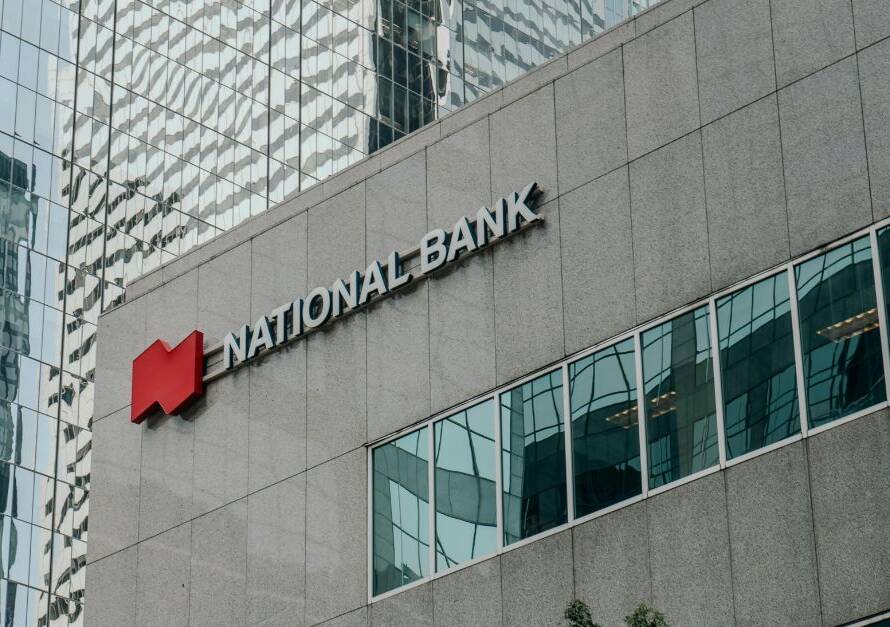The insurance industry is at the edge of a crisis it can’t outrun. As wildfires, floods, and other natural disasters push insurance losses to record highs—over $7 billion in damages in just one quarter of 2024—premiums are skyrocketing. But while passing along these costs to consumers, insurers avoid a more critical financial reality: they aren’t just insuring against climate risk—they’re helping to fuel it.
At the recent National Insurance Conference of Canada (NICC), executives discussed how resilience strategies and government programs could help manage the fallout. But in a room filled with long-time industry insiders, the conversation skirted away from the most obvious solution: the industry’s ongoing underwriting and investing in fossil fuels are directly contributing to the climate crisis and their own demise. As insurers debate the future, they are holding onto outdated strategies, looking to PR campaigns and regulatory rollbacks instead of true solutions.
An Industry Divided?
A divide within the industry was on full display at NICC. On one side, Jason Kenney delivered a keynote championing deregulation, advising insurers to present regulators with a list of burdensome rules to cut — including “excessive” green building codes. He even told insurers to take a page from a chemical company’s PR campaign that convinced the public, and Ottawa, their product was “life-saving” rather than toxic.
Meanwhile, a panel earlier in the day advocated for stricter resilience codes, rightly arguing that without serious investment in climate-proof infrastructure, losses will continue to climb and threaten the industry’s long-term viability. This tension — between deregulation and long-term climate resilience — captures the industry’s identity crisis.
Denial & A Lack of Discussion
The CEO of Odyssey, a subsidiary of Fairfax, one of the largest underwriters of fossil fuels in the world dismissed climate change as a driving factor of this year’s natural disasters, attributing rising claims on technical issues like sewer backups and natural variability, which is proven to be untrue. Thankfully, this denialism wasn’t echoed by the other panelists, again demonstrating the split in the industry.
Perhaps the most glaring omission from the conference was any serious discussion of net-zero alignment. For an industry on the front lines of climate risk, this is a significant oversight. Over three days of panels, I found myself consistently alone in raising the issue of insurers’ commitments to net-zero.
Discussing adaptation and innovative products is appropriate, but ring hollow when insurers are still underwriting and investing in the industries driving the escalating risks. Insurers present themselves as passive actors, but financially speaking, they are active contributors to rising costs.
A recurring theme at NICC was the public’s growing mistrust of institutions, particularly large corporations. While Kenney’s line of thinking is to have PR campaigns address public mistrust, the stronger financial case can be made for transparency and action. Most insurers buy their risk models from the same few companies, yet keep these models proprietary. Consumers have little insight into how their premiums are calculated or what risks they truly face. This lack of transparency, combined with the industry’s lack of focus on net-zero and desire for deregulation, erodes trust.
The insurance industry has a choice: It can continue justifying premium hikes through messaging campaigns, or it can read the writing on the wall. Endlessly rising premiums aren’t inevitable — they are the result of continued externalizing of risk while avoiding responsibility. This approach leads to greater long-term risk by ignoring the escalating impact of climate change. Now is the time for the industry to address climate risk head-on, not through empty PR, but through real action, averting the crisis that the industry finds itself in places like Florida and California.



